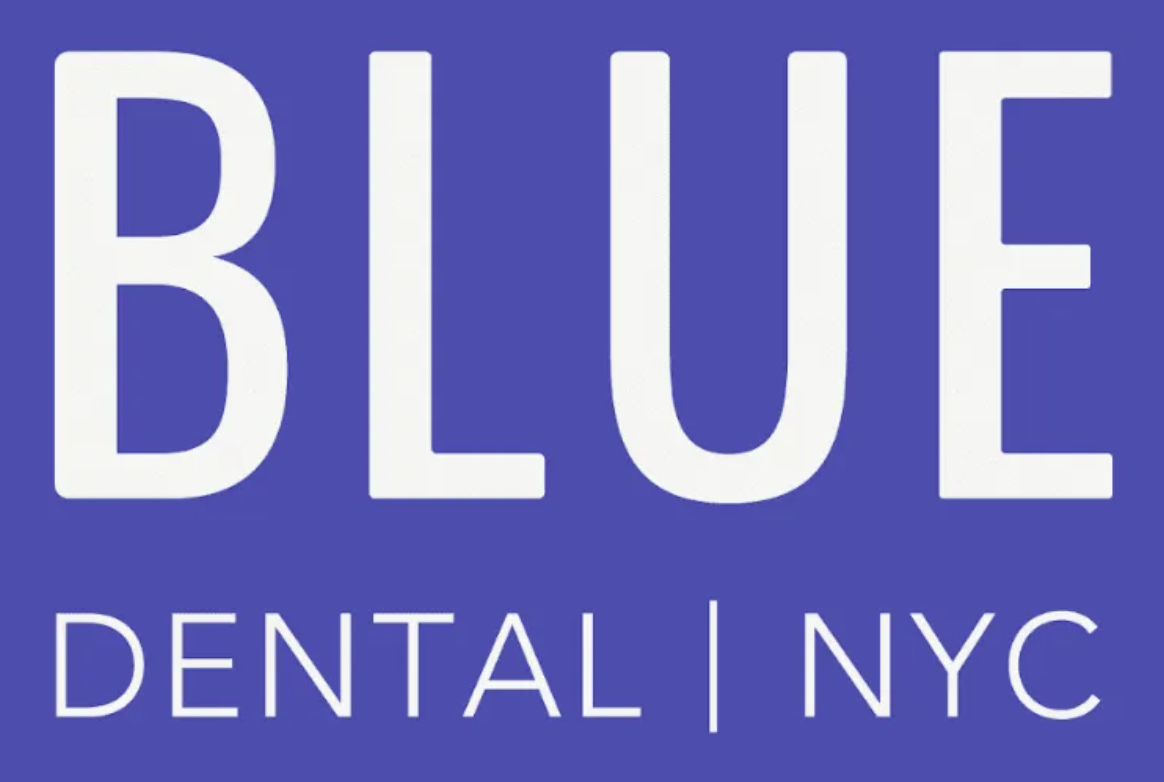Bone Grafting with Dr. Daniel Min — Upper East Side Prosthodontist Serving All Manhattan and New York City
Why Choose Dr. Min for Bone Grafting
Columbia-trained prosthodontist with advanced implant and ridge-augmentation planning.
Award-winning precision and military-honed discipline—expect clear timelines, risks, and maintenance steps.
Team-based care with trusted surgeons for complex vertical/combined defects.
Digital workflow (CBCT, surgical guides) to maximize safety, accuracy, and long-term esthetics.
What Bone Grafting Does
Rebuilds or preserves jawbone so implants and restorations have a strong, healthy foundation.
Stabilizes sockets after extraction to reduce collapse and gum recession.
Corrects defects from infection, trauma, or long-term tooth loss for better function and smile esthetics.
When You Might Need It
Tooth extraction with thin walls or visible voids (socket preservation).
Insufficient width/height for planned implants (horizontal/vertical ridge augmentation).
Sinus encroachment in the upper back jaw (sinus lift/augmentation).
Repair of peri-implant defects or failed sites; correction of soft-tissue concavities for esthetic zones.
Types of Bone Grafts We Provide
Socket Preservation (Ridge Preservation): Fills the extraction site to maintain shape for future implant or bridge.
Guided Bone Regeneration (GBR): Adds bone around a defect and protects it with a membrane for predictable healing.
Ridge Augmentation: Builds width/height in areas of collapse to place implants in ideal positions.
Sinus Lift (Crestal or Lateral): Elevates sinus membrane and adds bone to the upper molar/premolar region to achieve implant length and stability.
Minor Defect Repair at Implant Placement: Small grafts for dehiscence/fenestration at the time of implant surgery when appropriate.
Graft Materials & Membranes
Autograft (your bone): High biologic potential; used selectively.
Allograft (donor human bone): Common, well-studied option for many cases.
Xenograft (bovine/porcine): Helps maintain volume in esthetic areas.
Alloplast (synthetic): Useful adjunct in specific indications.
Membranes (resorbable collagen or non-resorbable with reinforcement): Protect and stabilize the graft while it matures.
Adjuncts like
PRF/CGF (concentrated growth factors) may be used to support healing when indicated.
The Process at a Glance
Consultation & CBCT: 3D scan, bite/esthetic analysis, and site-specific plan with timelines and alternatives.
Atraumatic Extraction (if needed): Socket is cleaned, disinfected, and grafted; a membrane or collagen plug may be placed.
Ridge/Sinus Augmentation: Graft placed under a protected space; sutures secure the site for undisturbed healing.
Healing Phase: Typical maturation is
3–6 months (sinus lifts often
4–8 months). Immediate or early implant placement is considered when stability criteria are met.
Implant or Final Restoration: Digital impressions and precise prosthetic design follow graft integration.
Healing & What to Expect
Mild swelling/bruising for 2–4 days; most patients resume normal routines quickly.
Soft diet on the graft side; meticulous but gentle hygiene with antimicrobial rinses as directed.
If a sinus lift was done: no nose-blowing, sneeze with mouth open, avoid pressure changes until cleared.
Benefits You’ll Notice
Improved implant options and positioning for long-term success.
More natural lip and gum support—especially important for front-tooth esthetics.
Reduced risk of food traps, recession, and “shadowing” around restorations.
Risks & How We Minimize Them
Infection, graft exposure, or limited volume gain (uncommon with proper care).
Sinus-related symptoms after a sinus lift (typically temporary).
Smoking and uncontrolled diabetes increase risk—your plan includes risk-reduction protocols and close follow-up.
Comfort, Cost, and Insurance
Local anesthesia with optional sedation; detailed home-care kit and written instructions.
Transparent, itemized estimates with phased options when combining extractions, grafts, and implants.
Many PPO plans provide benefits for medically necessary grafting and membranes—coverage varies; our team verifies and files claims.
Aftercare Checklist
Sleep with head elevated for 48 hours to reduce swelling.
Cold compresses day 1; switch to moist heat day 2 if needed.
Soft foods; avoid straws, vigorous rinsing, and smoking.
Brush other areas normally; use a gentle rinse near the graft as directed.
Take medications exactly as prescribed and keep your follow-ups.
Frequently Asked Questions
Will grafting delay my implant?
Often grafting
enables ideal implant timing. Depending on stability and defect size, placement may be immediate, early, or after full maturation.
Is bovine or synthetic bone safe?
Modern graft materials are rigorously processed and widely used; we select what best fits your biology and goals.
How long does the result last?
Once integrated and loaded properly, rebuilt bone can remain stable for years—maintenance and healthy gums are key.
Can grafts fail?
Rarely, grafts can partially resorb or become exposed; early management and protective measures (no pressure on the site, excellent hygiene) keep outcomes predictable.
About Dr. Daniel Min
BA, University of Texas at Austin
DDS, University of Texas (American Esthetic Dental Association award; “Student of the Year” in clinical performance)
MS in Prosthodontics, Columbia University; former part-time clinical professor
U.S. Army veteran; current Army Reserve officer
Member: Academy of Prosthodontics; International Congress of Oral Implantologists
Service Area
Conveniently located on the Upper East Side and serving patients across Manhattan and the greater New York City area.
Call to Action
Considering implants or worried you’ve “lost too much bone”? Book a consultation with Dr. Daniel Min to get a precise bone grafting plan—clear timelines, costs, and the safest path to a strong, natural-looking smile.
